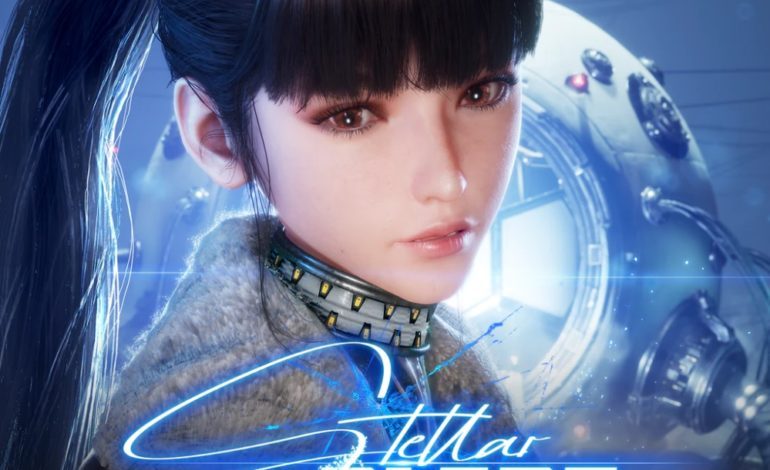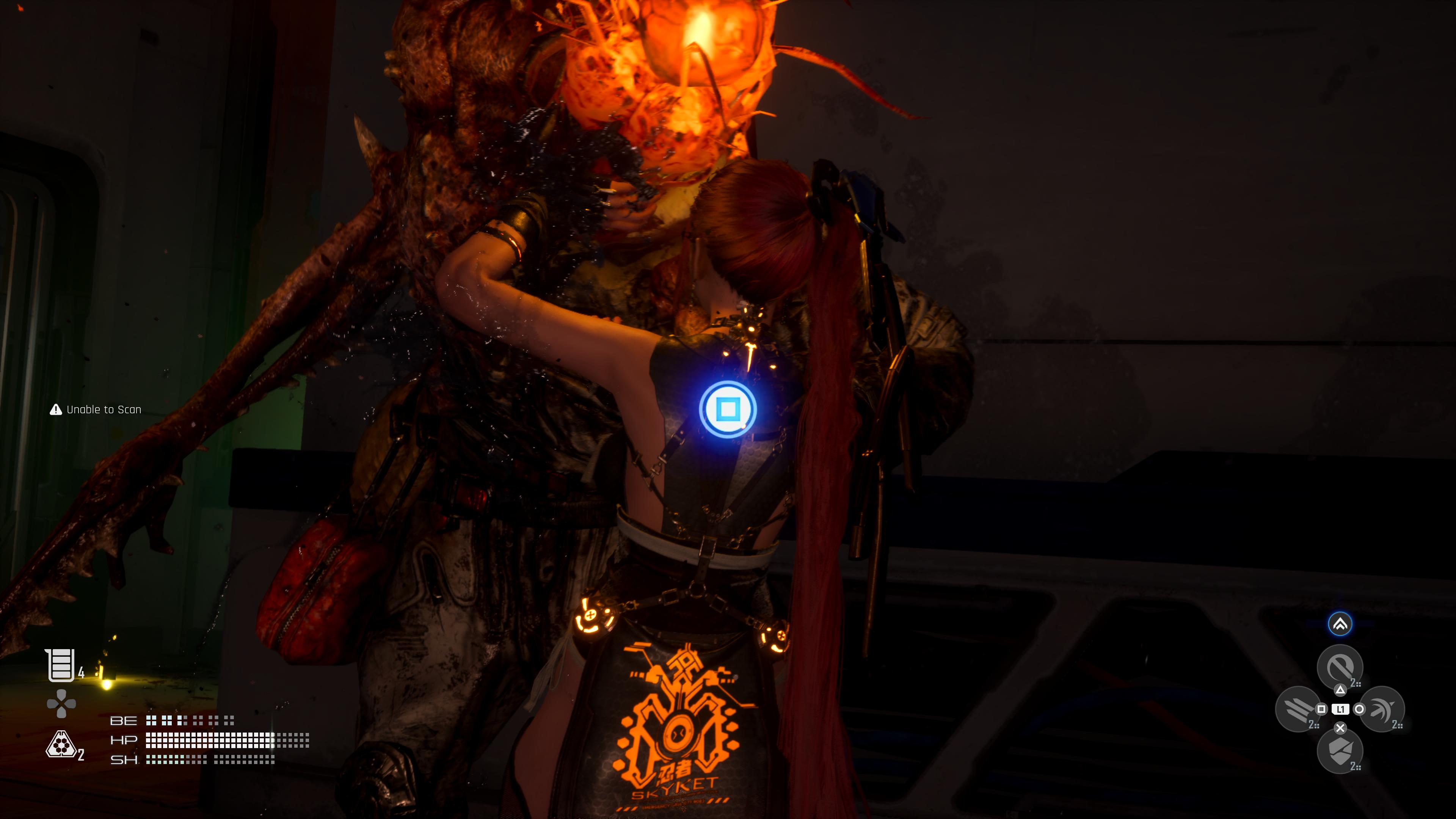

The action game genre has been overtaken by the Souls inspired gameplay style of brutally difficult enemy encounters and loss of resources upon death. However, with Stellar Blade, developer Shift Up decided to forego what is the current trend in the genre and, instead, take a U-turn to the trappings of what drew many to the action games of yore in the best ways. Stellar Blade is full of stylish action and imperative combos that made me reminisce about the action games I grew up playing like Devil May Cry, the old God of War games, and Metal Gear Rising.


Let’s start with the hook of Stellar Blade: the action and combat. Combat in the game is incredibly stylish and flashy with a focus on combos, parries, and dodges. Thus, as you start mixing these together combat flows extremely well. You can attack enemies with a mix of light and heavy attacks that you can string together combos that deal more damage. You also have two types of abilities that you can throw into your combat that each have their own type of power gauge that needs to be charged and consumed. You also have a ranged weapon that has different types of ammunition from regular bullets to shotgun shells to explosives to even a laser you charge up.
Basic enemies themselves aren’t too much of a challenge, however once you reach a boss fight is where Stellar Blade’s difficulty really ramps up in the most fun ways. Enemies have a type of stagger meter that you can deplete by achieving a perfect parry of their attacks or using one of the abilities that damage their meter. Reducing this meter causes the enemy to fall into a staggered state where you can hit them and cause a significant amount of damage to their health bar. Enemies also have a variety of special attacks that have to be countered in a specific way. Yellow attacks can’t be parried and must be dodged, blue attacks that you can use your Blink ability to get behind them and unleash an attack back, and finally purple attack that you can repulse and get distance from the enemy and also unveils their weak point which you can unload your ranged weapon on.


Another strong aspect of Stellar Blade is how absolutely stunning the game is. You’ve heard plenty on the Internet about how good the characters look. You can even find a plethora of outfits, hairstyles, and eyewear to change up the characters’ appearances as often as you want. Then there are some incredible vistas to look at as you’re moving through some sections of the game that just draw your eyes. There are also some cinematic moments rather in cutscenes or as you’re playing that keep you locked in and and engaged. I would’ve spent hours in a photo mode if the game had one taking pictures of the world, characters, or action.
The story of Stellar Blade is a typical post apocalyptic story where humans have left the planet. You play as Eve, from an off world colony, who is sent to Earth by the Mother Sphere to try and retake the planet from the hostile Naytiba that have overtaken the planet since humans departed. The story is exactly what you would expect with no real twists or turns that you wouldn’t see coming from these types of stories. Though, if you like these stories, there’s plenty of intrigue that will keep you engaged, especially with all the additional notes to discover. However, where the story shines is with its characters with Eve being the stand out of the three main characters. Eve starts out as a strong sensed soldier type but gradually begins to question her mission as the story progresses. Lily is a happy-go-lucky companion that helps with modifying Eve and your relationship with her can deepen depending on how many sidequests that you do. Then, there’s Adam, who is a more stern and reserved character who wants to help humanity on the surface survive.


Most sidequests in Stellar Blade aren’t much to write home about. The vast majority are just simple fetch quests with no real story behind them. Some do end in a boss battle which were a nice surprise and good change of pace from the monotony of just searching for a specific item or taking out a set number of enemies. However, there’s a small handful of sidequests that have a story tied to them. This introduced some of my absolute favorite NPCs in the games. One such quest sees you helping one character rebuild his broken lover. Another involves helping one character find her sister. Then, my favorite of meeting a little robot who has gained sentience and trying to figure out why that is.
The biggest place where Stellar Blade falls short is the overall exploration of the world. The game has a hub city called Xion that serves as your base of operations and where you interact with NPCs. The city itself is a tad small with not much to do aside from accept sidequests or buy items from the game’s multiple shops in the area. Aside from that, there are two large open areas in the game, and this is where the game falters the most. These areas have basically the same aesthetic so there’s not much to differentiate the two. Exploring the areas doesn’t provide a real sense of discovery as the most you’ll find is another camp to rest at or a chest containing some gear, items, or an outfit. Otherwise, you’ll just spend your time exploring encountering enemies with not much variation in which ones you encounter.


Stellar Blade is a very competent action game full of style that is absolutely stunning to look at. The story won’t blow anyone away as it’s very by the numbers and doesn’t deviate from the formula you’d expect from this type of story. However, the characters, especially Eve, have some surprisingly strong moments. While the game has a few shortcomings, overall, Shift Up has built an extremely strong foundation with Stellar Blade in both combat and story, and are sure to take it to the next level in wherever they would take a potential sequel.
Score: 8 out of 10
Reviewed on PlayStation 5
Play games, take surveys and take advantage of special offers to help support mxdwn.
Every dollar helps keep the content you love coming every single day.

